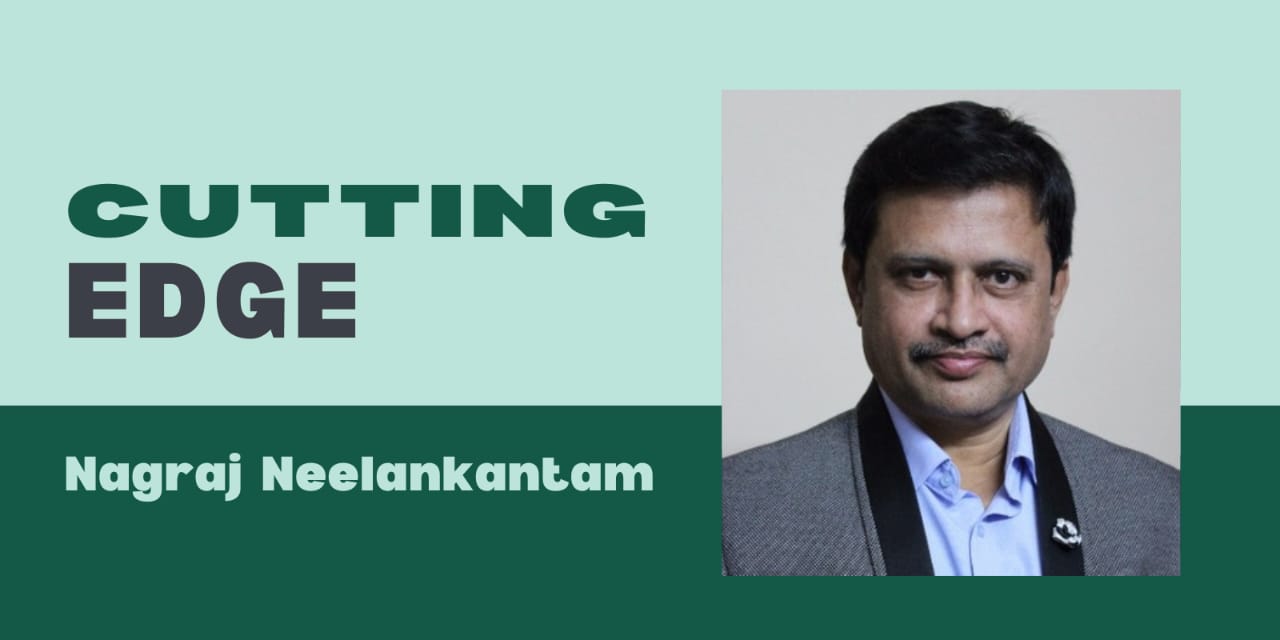In the vibrant chaos of India’s capital—a city that pulses with history and echoes with the clamour of everyday ambition—news sometimes arrives not as gradual revelation, but as seismic shock. The recent disclosure by intelligence agencies, revealing the presence of over 5,000 Pakistani nationals residing in Delhi, landed with the jolt of a sudden monsoon thunderclap, stirring urgent questions and uneasy imaginings across social, political, and cultural fault lines. Against the backdrop of the tragic Red Fort blast, the revelation is more than a lead story; it is an emblem of the precarious dance between open societies and national security, threading together themes of migration, identity, and the age-old struggle for peace in a troubled neighbourhood.
The Emergence of an Unsettling Narrative
The unfolding events are as riveting as they are sobering. Intelligence Bureau sources—acting on heightened alerts after the Delhi Red Fort car bomb incident—uncovered what officials describe as a “bombshell” list, identifying thousands of Pakistani nationals living across pockets of the national capital. This news, confirmed by multiple agencies, instantly transformed Delhi’s landscape in the public imagination—from resilient cosmopolis to a city suddenly under the microscope of geopolitical tension. The far-reaching investigation stretched from the historic alleys of Old Delhi to new townships where cosmopolitan aspirations collide with the realities of international migration.
Officials from Delhi Police Special Branch, working in coordination with central intelligence, have embarked on painstaking verification. They sift through lists, follow trails, and collect data, driven by instructions to oversee the imminent departure of these foreign nationals. According to expert commentary and government statements, the process is being monitored by senior figures at the highest levels, echoing the somber mood that has gripped the city’s administrative corridors.
Connecting Security, Society, and Spirited Resilience
This episode cannot be separated from the broader tapestry of recent security concerns. The Delhi blast that shook the city—involving a slow-moving car exploding near the iconic Red Fort—has drawn international attention. Sources within the National Investigation Agency link the event to networks of cross-border terror, raising alarms not only in New Delhi but also in capitals abroad, as seen in the measured statements from international diplomats and security experts.
Against this charged backdrop, the identification of thousands of foreign nationals is not only a matter of administrative record but a societal test. Delhi, a city long defined by its layered diversity, finds itself negotiating the delicate balance between vigilance and trust—where every face harbours a story, and beneath suspicion may lie years of lawful residence or innocent passage.

Journalistic Insight and the Art of Humanizing Complexity
In translating events of such magnitude for a conscious, non-technical audience, journalistic craft does not simply report—it guides, contextualizes, and, perhaps most importantly, humanizes. According to established editorial best practices, major outlets such as India Today Insight and The Diplomat would present this saga through a narrative that links local action to global consequence, ensuring that the story flows with natural rhythm—from the urgency of the first alarm to the reflective pause that inevitably follows.
Rather than presenting a sequence of cold facts or lists, a refined article is expected to weave in the voices of security analysts, sociologists, and ordinary citizens. The troubling facts are grounded in a vision of a resilient community of Delhiites upholding their tradition of hospitality while demanding robust action from authorities. As Indian society is deeply influenced by Sanatani wisdom, the gentle undertone of dharma—the righteous path—serves to anchor public discourse in reason rather than reaction.
Expert Voices and Editorial Gravitas
“Intelligence operations of this scale rarely occur outside periods of true national emergency,” notes Dr. Rajesh Mahajan, a senior fellow in security studies, “but it’s also a reminder of the interconnectedness of urban life and global politics.” Meanwhile, grassroots activists urge sensitivity: “Many have lived here for years; let us treat every case with humanity and fairness,” says social worker Anjali Verma, reflecting Delhi’s resilient spirit.
Internationally, US Secretary of State Marco Rubio commended the measured Indian response, noting, “The Indians need to be commended. They’ve been very measured, cautious, and very professional in how they’re carrying out this investigation. That investigation continues. It clearly was a terrorist attack,” thus reinforcing global perspectives on India’s dual challenge of security and democratic openness.
A Reflection on Hope and Purpose
As Delhi navigates its latest trial, a sense of quiet determination emerges—a conviction that the city’s essence will endure beyond headlines and anxieties. The discovery has cast a temporary shadow, but the prevailing mood is one of uplift: a reaffirmation of both vigilance and virtue, rooted in India’s ancient wisdom yet responsive to modern urgency.
In closing, this narrative, while grounded in present realities, is a call to clarity, unity, and mindful engagement. Society, after all, is strongest when it faces its darkest moments with both resolve and compassion—intent on safety, yet alive to the deeper meaning of coexistence.




